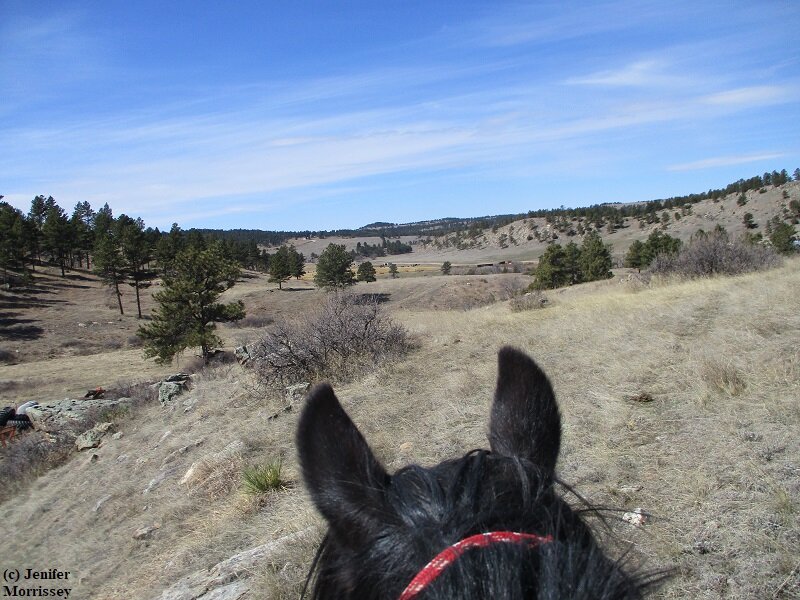Jackson's Present
/Jackson, Linda, and Asi
My neighbor Linda stopped me on the road and said, “We were coming to look for you. Jackson got you a present.” Jackson, Linda’s 2-year-old granddaughter, was sitting in the passenger seat of Linda’s Jeep. Linda asked Jackson to hand something to her, and then Linda handed it to me. “Asi!” she said.
Linda and Jackson had been to the farm supply store. While there, Jackson had surprised Linda by saying “Asi!” Asi is my Fell Pony stallion whom Jackson sees whenever she comes to the ranch to visit. On the store shelf was a small figurine of a black stallion with flowing mane and tail. Actually, there were three of them, and Jackson had to have all three. One for her room here at the ranch, one for her room at home, and one for me.
I was, of course, incredibly touched. And terribly impressed. That Jackson at her young age would see a resemblance between Asi and the figurine – well, kids are amazing! And then that she would want to have three figurines of Asi and give one to me – well, kids are amazing! Linda and I often chuckle together about Jackson’s preference for pink and purple clothes and toys, but more often than not, there’s a horse theme to them. As Jackson’s mom told me once, “Linda may get her veterinarian granddaughter yet!”
This story got even better two days later. Jackson had returned home with her parents for her first day at preschool. Linda couldn’t wait to show me the picture on her phone that she received. Pointing, she said, “Aimee!” Jackson was holding a small black stuffed pony that she had named after my young Fell Pony filly. Jackson and Aimee have known each other since a few days after Aimee was born, and Jackson asks to visit Aimee every time she comes to the ranch. They seem to have a mutual admiration society. Only now I understand how deep Jackson’s admiration of Aimee is. First day of school? Really? Amazing!
I am keeping the figurine that Jackson gave me at the barn. Each day when I do my chores I take it out of my feed shed and put it where it can watch over the pony proceedings. While it might look more like a Friesian than a Fell Pony stallion to some, to me it will always be Asi, thanks to Jackson!
© Jenifer Morrissey, 2020
More stories like this one can be found in my book What an Honor, available internationally by clicking here or on the book cover.
















































